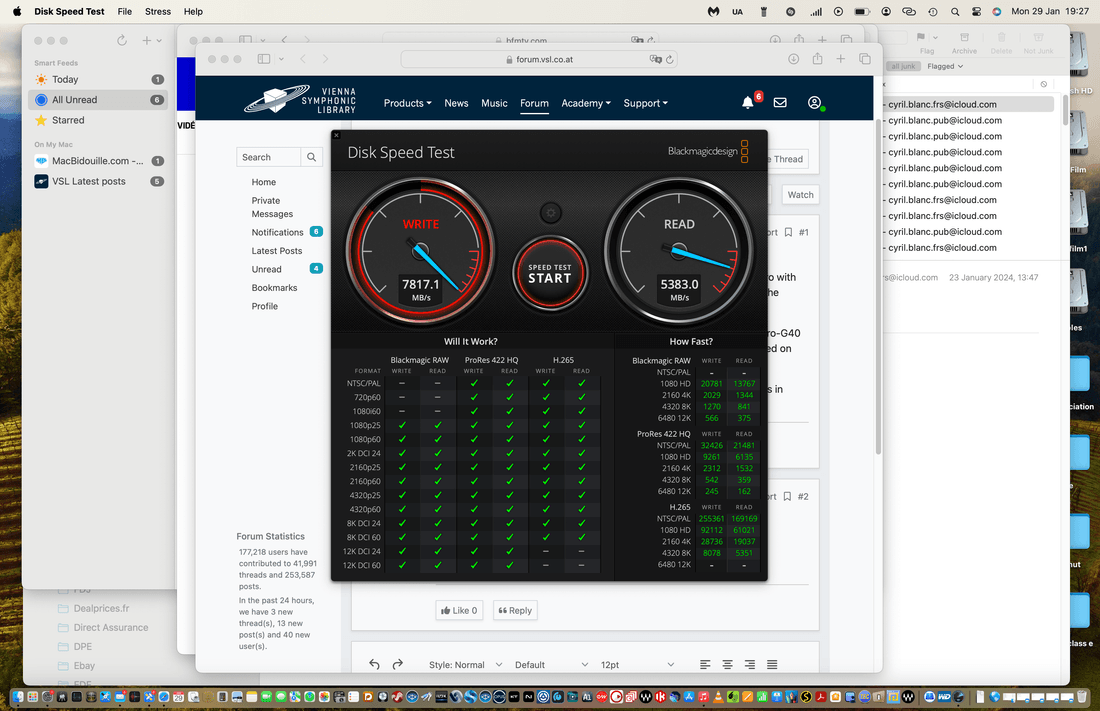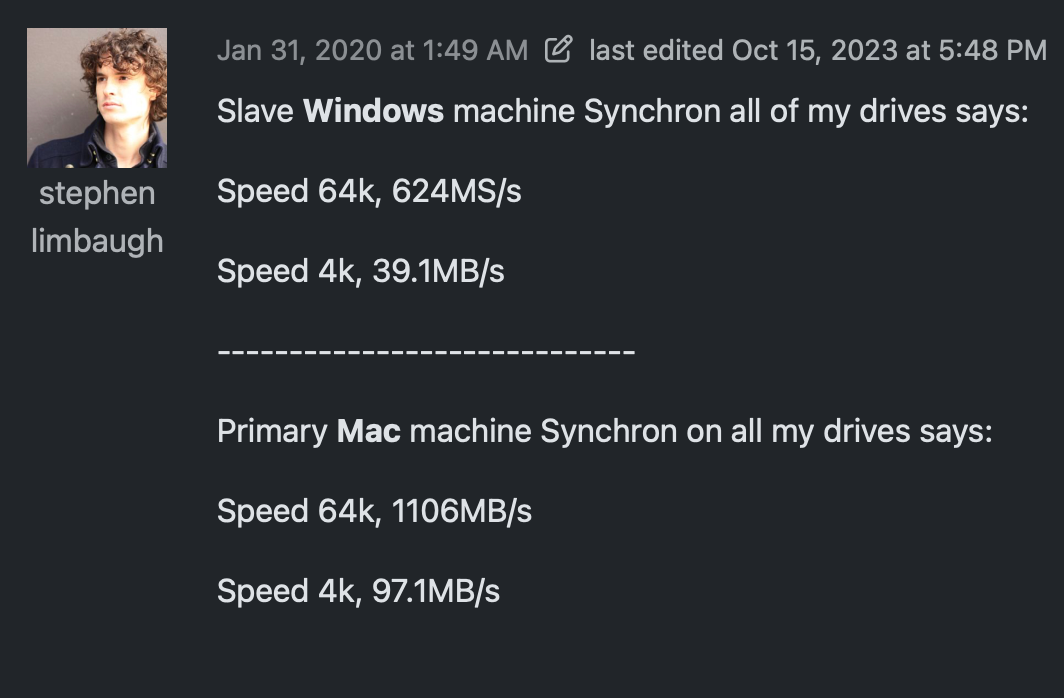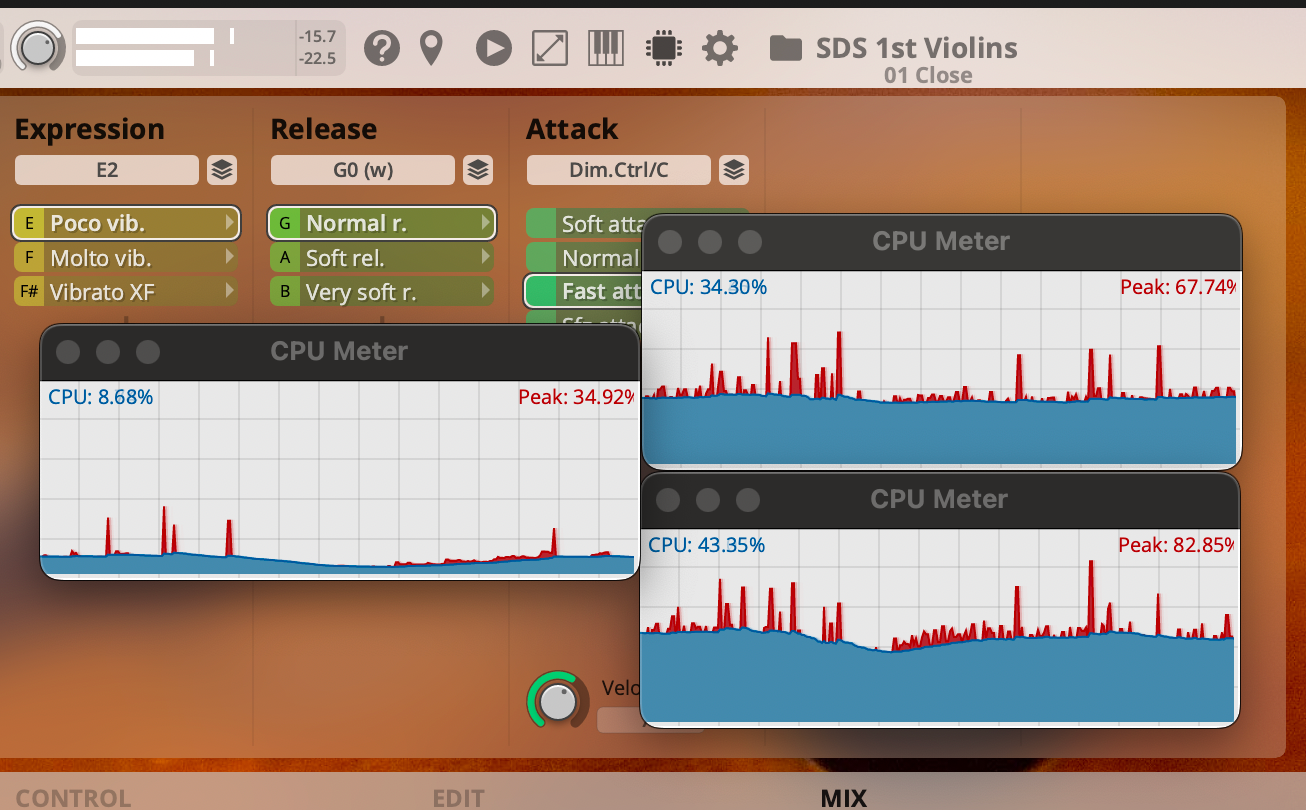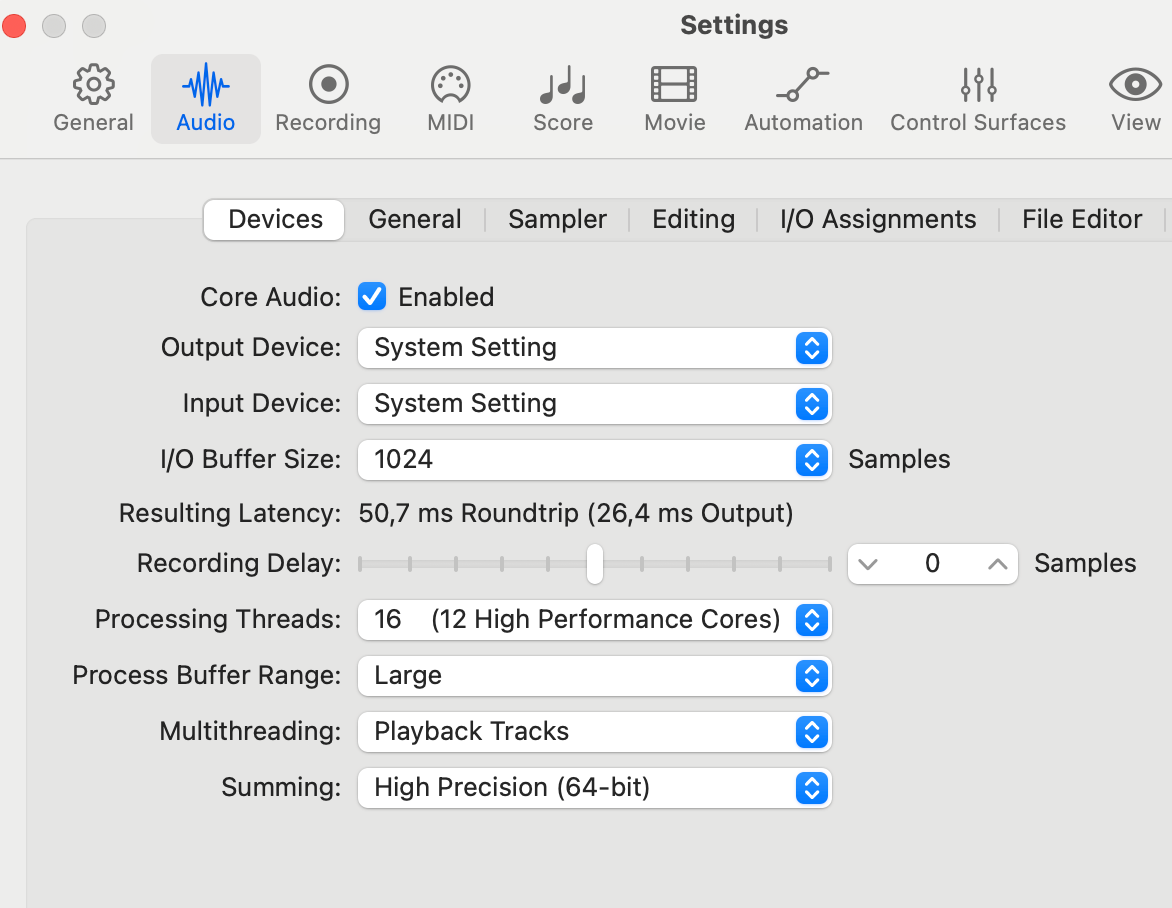I'm having a laugh at several items of 'helpful advice' and 'pearls of wisdom' dished out above by someone, while I'm also wondering why a particular few of these all-too-busy 'advice-givers' here seem to have a couldn't-care-less attitude about the quality of their own knowledge and expertise just so long as they say something ... anything. Perhaps it's more about getting attention than giving actually relevant, sound and helpful advice?
- "Fragmentation of the disk contents might be causing a problem here". [Paraphrased.]
Erm ... lol. One does NOT defragment SSDs.
An SSD's stored data is constantly and very deliberately being 'fragmented' by the device controller's wear-levelling algorithms in order to spread around as evenly as possible the wearing down of each memory location's lifespan caused by write operations. This is why it's often recommended to avoid filling an SSD beyond about 80% or 90% or so, to leave enough wiggle-room for the wear-levelling process to do its essential pro-'fragmentation' work. SSDs with S.M.A.R.T. health monitoring and reporting facilities will flag up a caution if the "Available Spare" amount drops below a certain threshold.
(Check out the DriveDx app if you want to keep a eye on the health of your SSDs and spinning-platter disk drives - given that they have S.M.A.R.T. support).
- "Recording a singer while your I/O Buffer is set at 1024 samples is not problematic." [Paraphrased]
Sure, just so long as you don't give a damn about providing the singer with low-latency headphone monitoring which often would include some reverb and perhaps a few other tweaks personalised for the singer's cue mix. Or, of course you could set up a cue mix on a separate little analogue monitoring mixer - in which case your DAW's Buffer size would be pretty much irrelevant, but then why mention it?
So here's the point: perhaps it would actually be problematic if the singer - owing to an awful experience with terrible cue-monitoring via a horribly sluggish DAW - would never want to set foot in your studio ever again. Oh but then again, I was forgetting – that wouldn't be seen as problematic by a would-be recordist who has no empathy, would it now?
- "You need to record fast stuff with a small I/O Buffer size." [Paraphrased]
No s**t? Gosh!
Spoiler alert:- what's probably the first thing youngsters do when they first get their hands on a DAW and a MIDI keyboard? Yep, hook up a software instrument and try to play it live. Then what's likely the next thing that concerns them? Trying to get it to feel more like a live instrument. Somehow, I doubt if many if any at all in this hallowed forum are still at that stage. Perhaps this particular 'advice-giver' would do better posting such 'wisdom' in a junior school forum.
- "VSL re-uses some VI samples in their Synchron libraries" [Paraphrased]
Well that's been dealt with above in no uncertain terms, so I needn't go there except to say, what a bloody cheek to lie like that! Here!
Ok dear readers, there's plenty of other wonderful examples from our resident 'founts of wisdom', but you get the gist so I'll leave my little critique at that for now.





